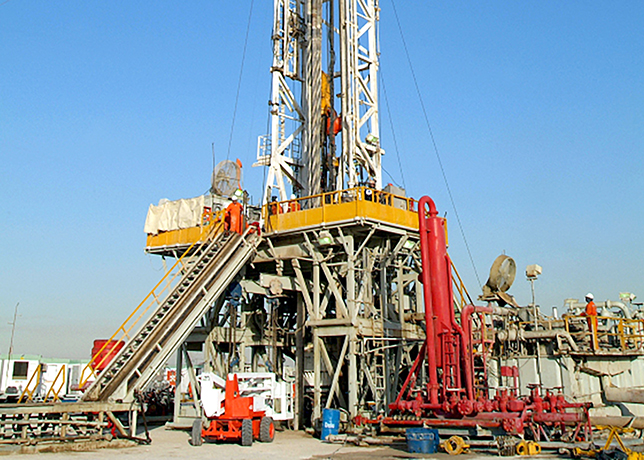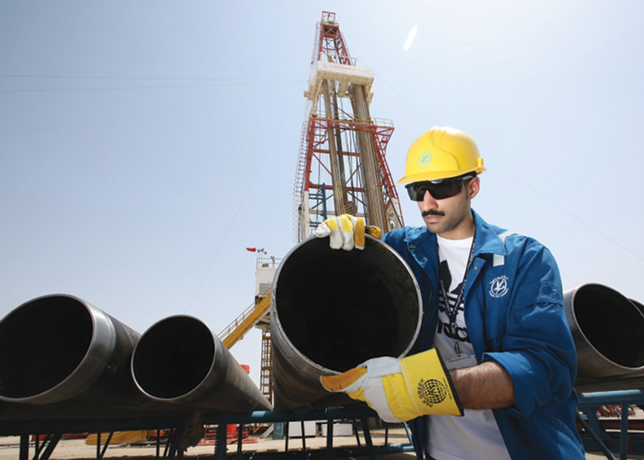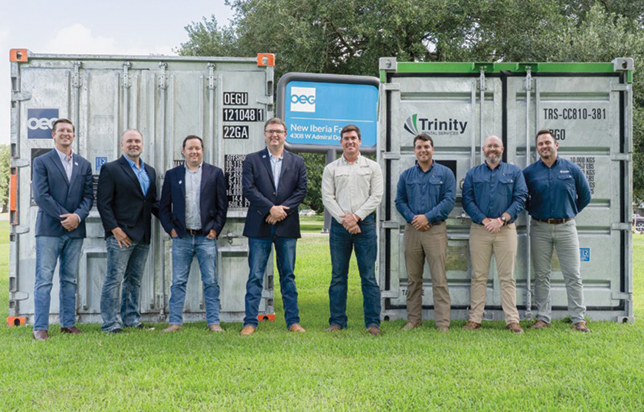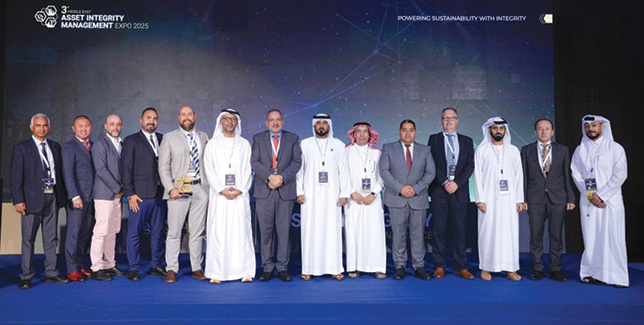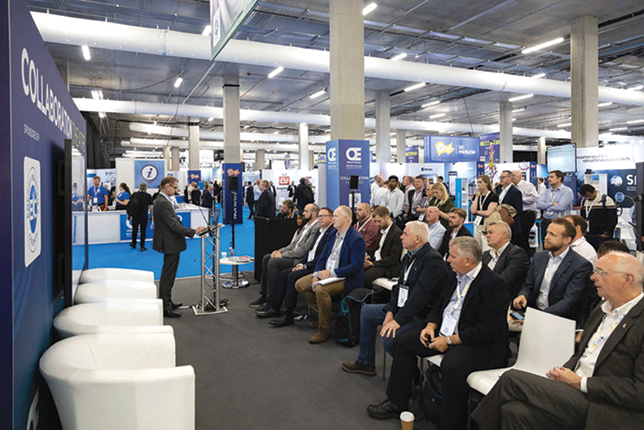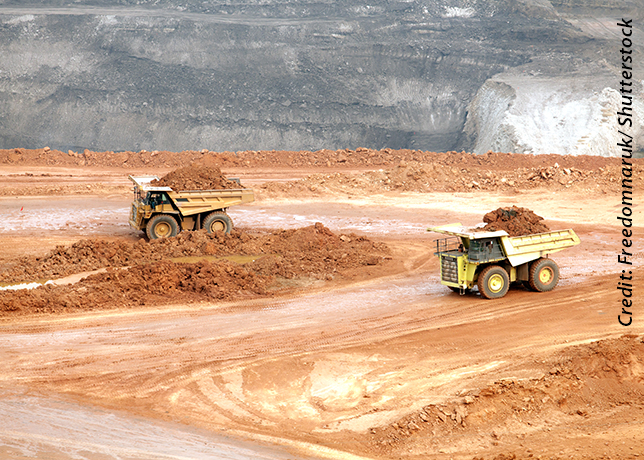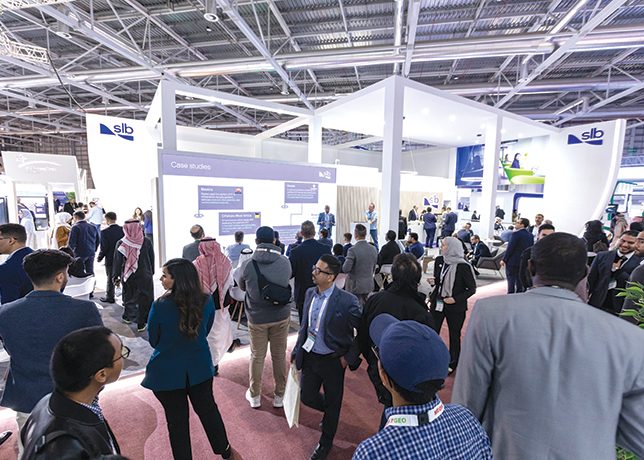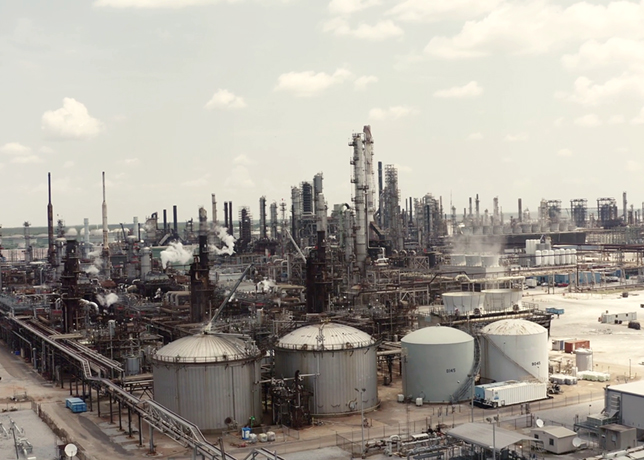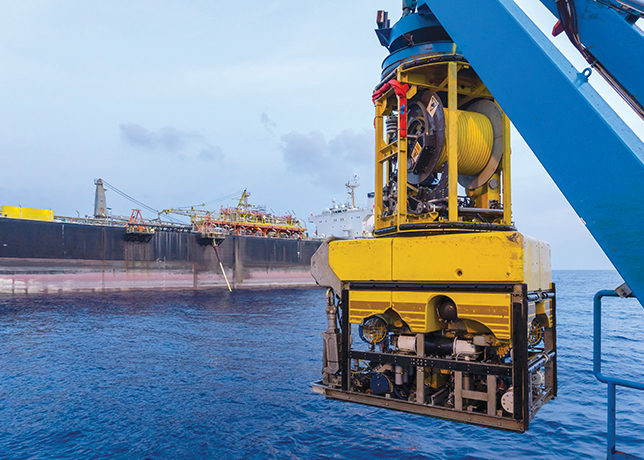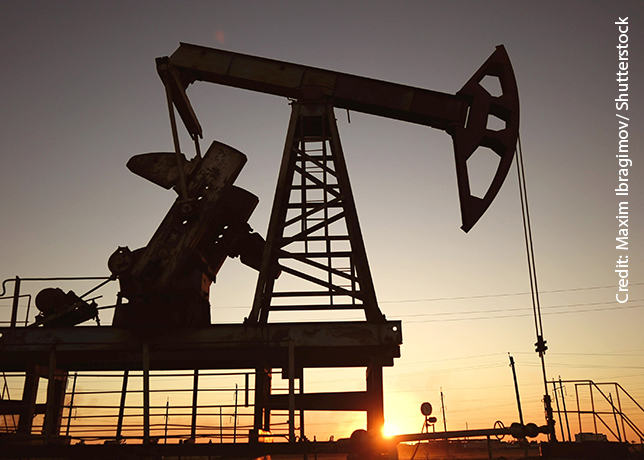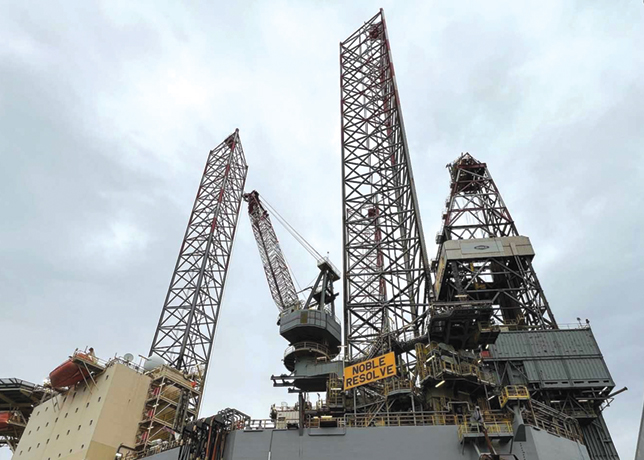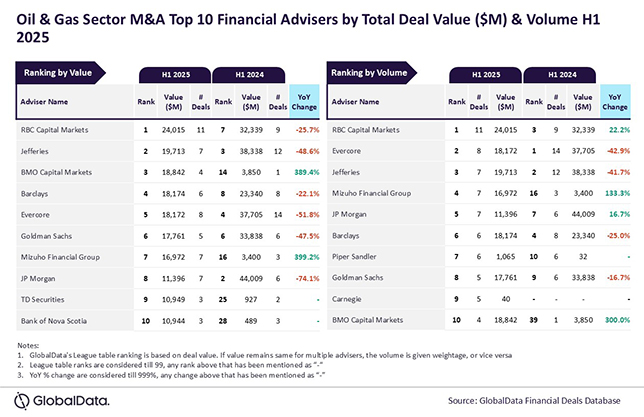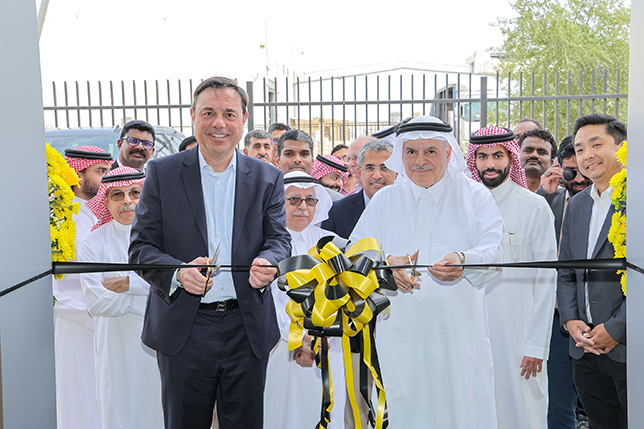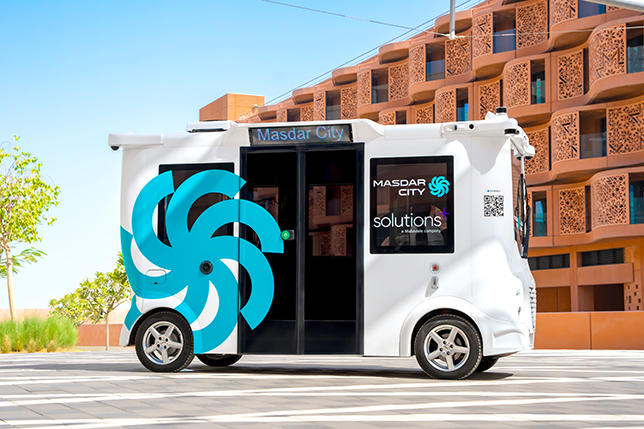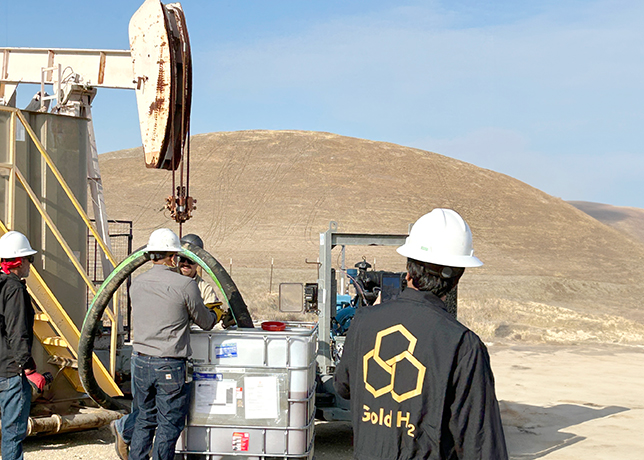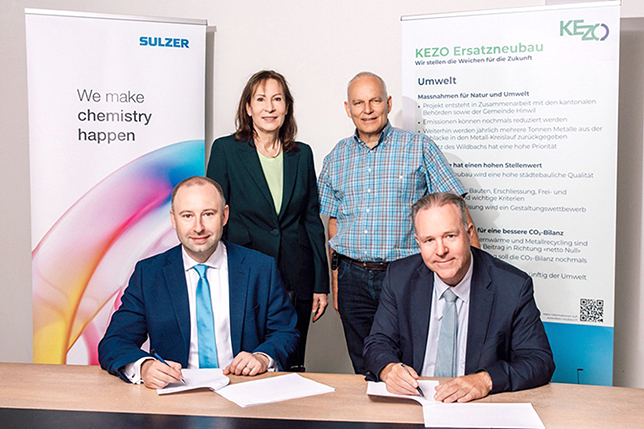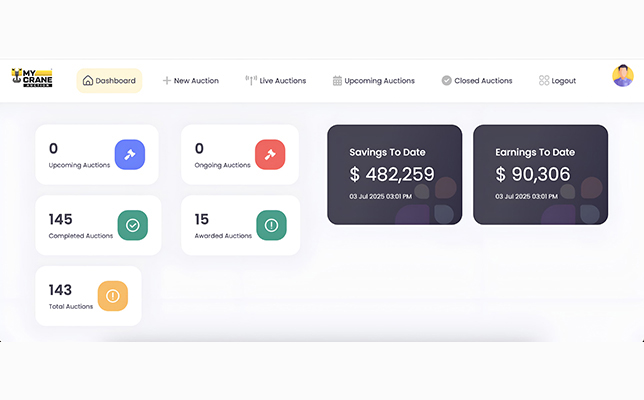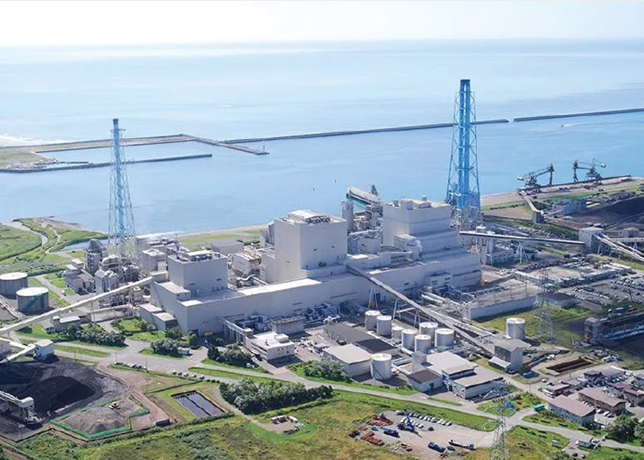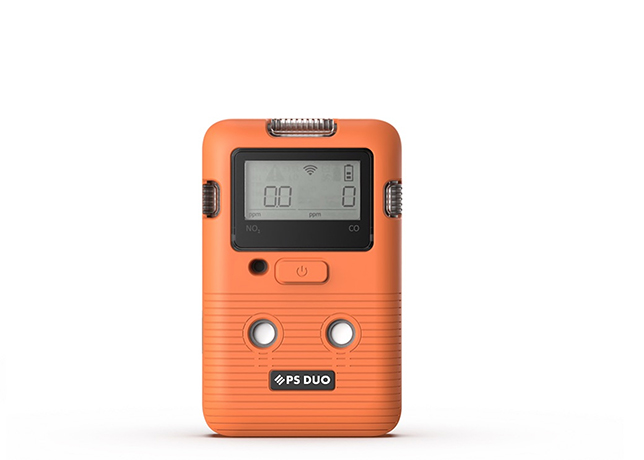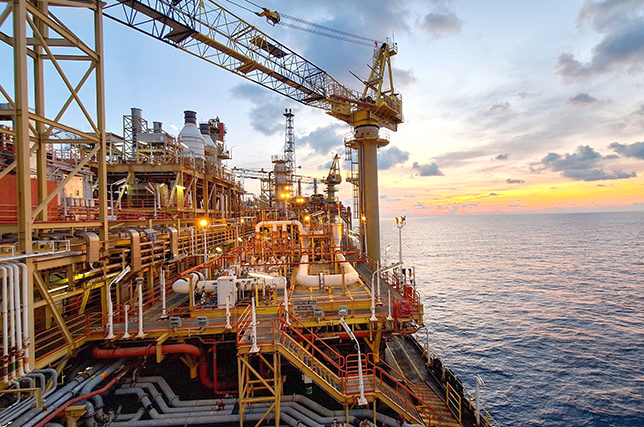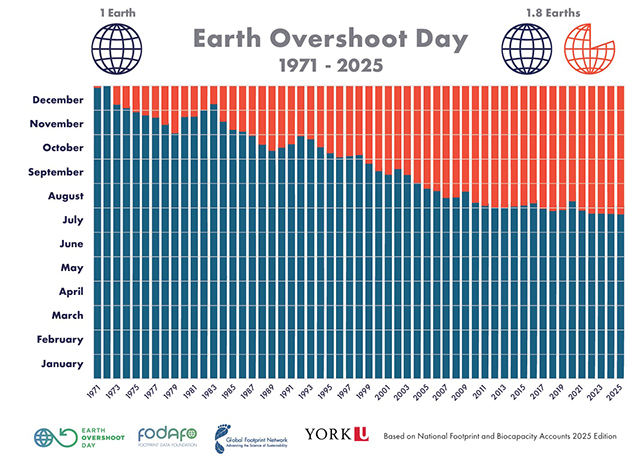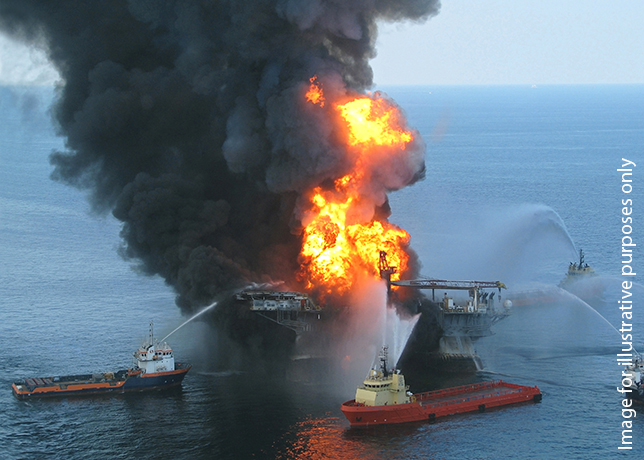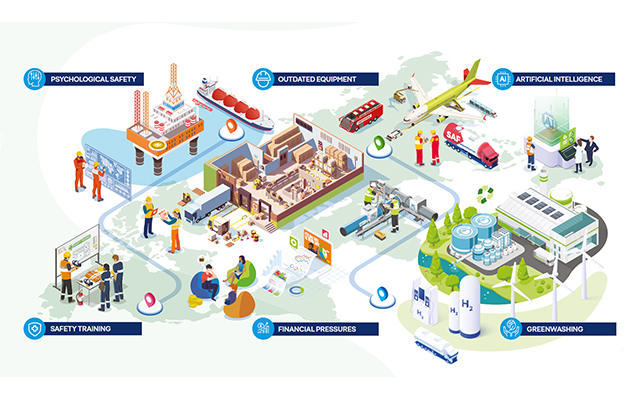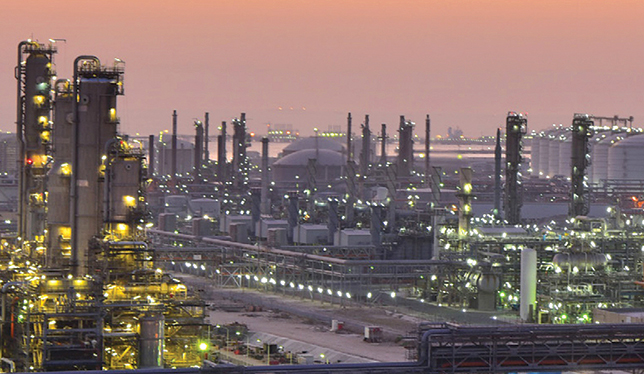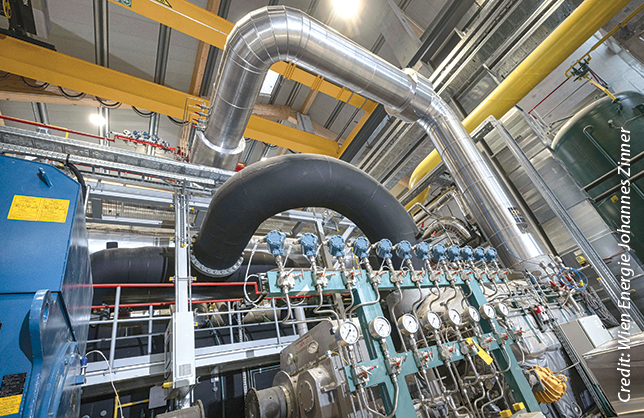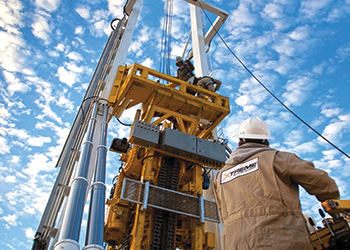
 The global offshore drilling rigs market value is expected to reach $102.47 billion by 2019
The global offshore drilling rigs market value is expected to reach $102.47 billion by 2019
Offshore rig owners around the world are suffering from the double whammy of a glut of new vessels entering the market at the same time as falling crude prices force oil explorers to cut spending
The outlook for the offshore rig industry just got a little gloomier as oil explorers abruptly end more drilling contracts while rig owners further delay construction on new vessels to save much-needed cash during the worst market crash in a generation.
Transocean Ltd and Noble Corp, two of the world’s largest offshore rig contractors, each reported early termination of drilling pacts for their vessels floating in the US Gulf of Mexico. Atwood Oceanics says it reached a deal with Daewoo Shipbuilding & Marine Engineering to delay delivery of two drillships until 2017 and 2018.
"The outlook for the offshore drilling industry looks far tougher than when the year started," Jud Bailey, an analyst at Wells Fargo, wrote in a note to investors titled, ‘Moving a Little Closer to the Panic Button.’
Offshore rig owners around the world are suffering from the double whammy of a glut of new vessels entering the market at the same time as falling crude prices force oil explorers to cut spending. Crude prices are down by more than half since last year. The industry has seen early contract terminations on a total of 57 shallow and deep-water rigs this year, Andrew Cosgrove and William Foiles, analysts say.
Statoil says it cancelled the lease for Transocean’s Discover Americas ultra-deepwater rig because there wasn’t enough work for it. The rig, which is capable of drilling in water as deep as 12,000 feet, was earning a dayrate of $590,000 until its scheduled expiration in May.
Royal Dutch Shell canceled the lease for the Noble Discoverer rig a year ahead of its contract ending. The Noble rig, which works in water as deep as 1,000 feet, was earning $369,000 a day, the London-based rig contractor says in its latest fleet status report.
Noble, which will move its rig to Singapore to park it for an extended period, will receive 90 per cent of the adjusted operating dayrate for the rest of the term.
Transocean’s Discoverer Americas rig will receive an early termination payment "fully compensating the company as provided for in the contract," according to a statement.
"Discoverer Americas has been a very good performer for Statoil," Tore Aarreberg, head of rig procurement at Statoil, says in a separate statement on the company’s website. "Without additional activity lined up, we unfortunately have to let the rig go prior to contract end."
Atwood will make payments of $50 million for each drillship and will retain options to take earlier delivery of each vessel, the Houston-based rig contractor says in a statement. Daewoo, one of the world’s largest offshore rig builders, will extend all remaining milestone payments until the rigs’ delivery dates.
The number of floating rigs without a contract is expected to more than double to 170 by the end of next year, J David Anderson, an analyst at Barclays, wrote in a note to investors.
"Massive oversupply of floaters will likely keep day rates depressed until 2018," he wrote in a note. "We see little reason for optimism among offshore drilling contractors."
Offshore Drilling Rigs Market
Meanwhile, the global offshore drilling rigs market value is expected to reach $102.47 billion by 2019 from an estimated $65.77 billion in 2014, growing at a CAGR of 9.27 per cent, according to a report by MarketsandMarkets.
Some of the factors responsible for this growth include increasing expenditure on exploration and production (E&P) and the rising demand for energy from emerging economies like Africa, Brazil, and the US Gulf of Mexico.
The progress of the offshore rigs market largely depends on growing exploration activities across the globe. The recent discoveries of oil and gas reserves in remote areas, along with increasing technological advancements in terms of equipment have made drilling operations more feasible and cost-effective. The key concerns for the offshore drilling rigs industry include various environmental concerns and other related government regulations. However, recent oil spill incidents in the offshore arena and stringent environment regulations on drilling activities would restrain the growth of this market, says the report.
The growth of the offshore drilling rigs market in these regions is propelled by factors such as growing offshore activities in the harsh environmental conditions of North Sea and depleting oil and gas reserves in the US. The CAGR of the European region is determined by growing offshore activities in the North Sea.
Transocean (Switzerland), COSL (China), Nabors (Bermuda), Ensco (UK), Diamond Offshore Drilling (US), KCA Deutag (UK), and Maersk Drilling (Denmark), are the major players that constitute a significant share of the global offshore drilling rigs market. These players are concentrating on growing markets and are investing heavily to meet the demand from these markets and to reduce contract backlogs.
Latin America: Largest market
Latin America is estimated to be the largest market in the offshore drilling industry, followed by Asia-Pacific. The Asia-Pacific market is projected to lead the offshore drilling rigs market by the year 2019, with an estimated market size of $20.7 billion, followed by Latin America with $20.38 billion, and Africa with $19.62 billion.
The offshore drilling rigs market includes contract-drilling services with respect to type of offshore rigs such as jackups, semi-submersibles, and drillships.
Offshore drilling includes services related to drilling wells including type of the rig required, depth and direction of well to be dug and services and expertise required to accomplish the desired goal.
Types of rigs
Primarily, offshore drilling rigs can be classified as jackup rigs, semi-submersible rigs, and drillships. The areas of application of drilling rigs in the offshore region are shallow water, deepwater, and ultra-deep water. Jackup rigs are used in the shallow water region, semi-submersible rigs are used in the deepwater region, and drillships are used in ultra-deep water regions of the offshore arena.
Jackup rigs are offshore rigs typically equipped with legs that can be lowered to the seabed such that a foundation is established to support the drilling platform. Once the foundation is installed, the drilling platform is further jacked up to the expected highest waves based on the leg length. Generally, jackup rigs can operate in water depths ranging from 350 to 450 feet.
Semi-submersibles are a type of offshore rigs that are submerged by means of a water ballast system, such that during drilling operations, the lower hull portion is below the water surface. These rigs float above the well through the use of an anchoring system or a computer-controlled DP thruster system. Most of the semi-submersibles are not mobile and are relocated with the help of tugs. Some semi-submersibles move between locations, using their own power when afloat on the pontoons. Semi-submersibles are typically employed in more challenging water conditions than drillships and in water depths ranging from 500 feet to 8,000+ feet.
Drillships are typically used in deepwater applications. These types of offshore rigs are generally self-propelled and are shaped like conventional ships. Drillships can be operated in a moored configuration or can be dynamically positioned (DP) without anchors utilizing their onboard propulsion and station keeping systems. Drillships generally possess a greater load capacity than semi-submersible rigs. This load capacity enables them to carry more supplies onboard, making them better suited for remote offshore drilling. However, operation of these rig types is limited to calmer water conditions than those in which semi-submersibles can operate.
Directional drilling service
Offshore drilling market is segmented by services, application and region. By services, market is sub-segmented into contract drilling, directional drilling, logging while drilling, and measurement while drilling. This segment is estimated to see high growth rate for directional drilling. The driving factor for this is the drop in oil prices which motivated companies to increase the production from basins with proven oil reserves than going for new discoveries.
Deep water drilling estimated to drive the offshore drilling market with highest growth rate.
On the basis of application the market is segmented into shallow, deep, and ultra-deep water. Shallow water drilling is estimated to lead the market, whereas deep water drilling is estimated to have the highest growth. West Africa and Europe are expected to drive this sub-segment due to discovery of oil and gas reserves in deep water sedimentary basins.
Asia-Pacific is estimated to be the global leader in offshore drilling market by value for the next five years.
Recent discoveries of oil and gas in the offshore basins in Australia, Gulf of Thailand, and South China Sea and high demand from China and India are expected to drive the offshore drilling in this market. Asia-Pacific is among the largest consumers of oil and gas following North America. This demand will lead to more exploration and production in the region. However, Africa is predicted to attract more investments due to liberal regulatory policies and will witness the highest growth.
Dominant players
The offshore drilling market was dominated by Schlumberger (US), Halliburton (US), Transocean Ltd (Switzerland), Seadrill Ltd (Bermuda), and Weatherford International (Ireland) in 2014. These market players have also been active in the competitive developments of the offshore drilling market.
Crude oil prices which have witnessed a sharp decline in the last one year are expected to increase to $80 barrel by 2018. This rebound in oil price will be spurred by the delay in capacity addition as the oil and gas companies are currently shelving new projects to reduce their capital expenditure.
With the increase in the price of crude oil, the investments for E&P activities will also increase which will lead to new projects in regions that are looking to overturn their production decline such as Europe and Asia-Pacific. This will in turn create further demand for the offshore drilling in these regions.


